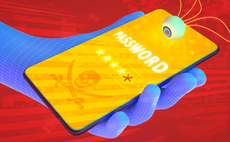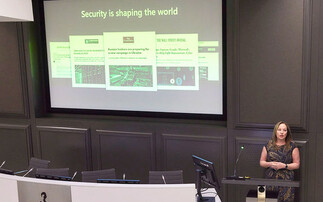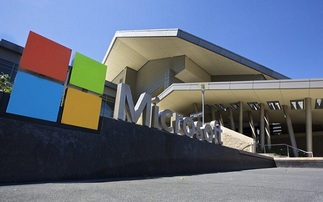47 out of the 62 crypto-ransomware families developed by Russian speaking cyber-crooks
Russian security software company Kaspersky has revealed that 75 per cent of the top crypto-ransomware packages it has researched in the past year were developed by Russian, or Russian-speaking, cy...
To continue reading this article...
Join Computing
- Unlimited access to real-time news, analysis and opinion from the technology industry
- Receive important and breaking news in our daily newsletter
- Be the first to hear about our events and awards programmes
- Join live member only interviews with IT leaders at the ‘IT Lounge’; your chance to ask your burning tech questions and have them answered
- Access to the Computing Delta hub providing market intelligence and research
- Receive our members-only newsletter with exclusive opinion pieces from senior IT Leaders





















